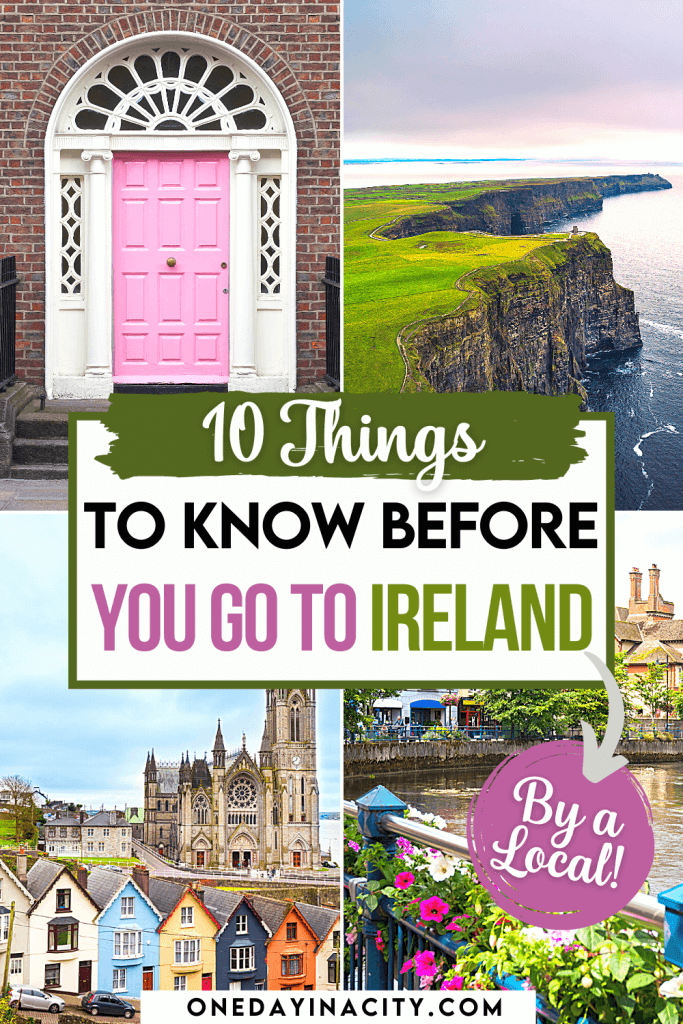Have an Epic Vacation With These Ireland Travel Tips
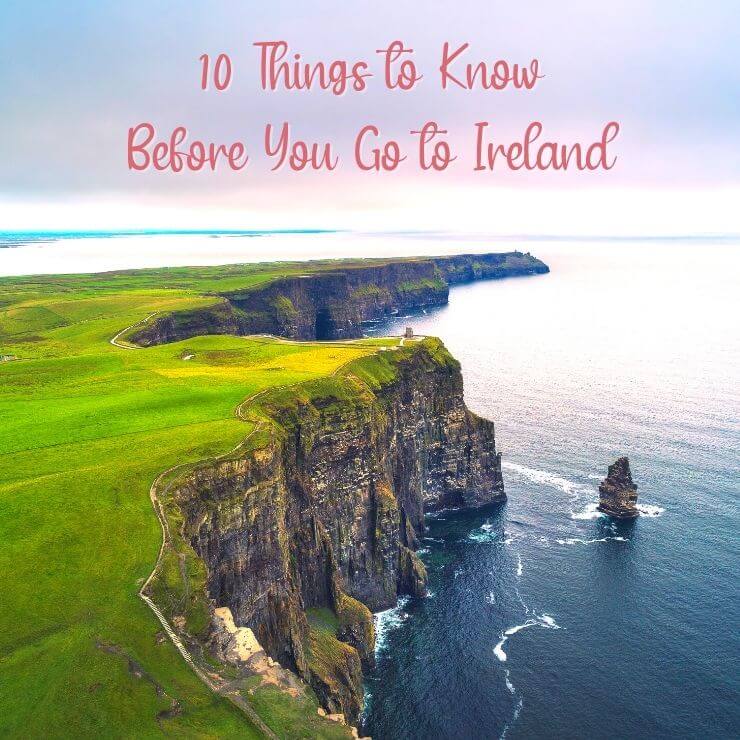
If you’re reading this post, odds are you are planning your first-ever trip to Ireland. If so, congratulations, you are about to set off on one of the best adventures of your life! A trip to the Emerald Isle is no doubt an experience you’ll never forget and will be telling your friends and family about for years to come.
However, there are a few important things to note before you jet off to the land of soaring cliffs, insane coastal views, and iconic ancient ruins.
Laura, who is Irish and lives in Dublin, is here today to share 10 things you need to know before planning a trip to Ireland.
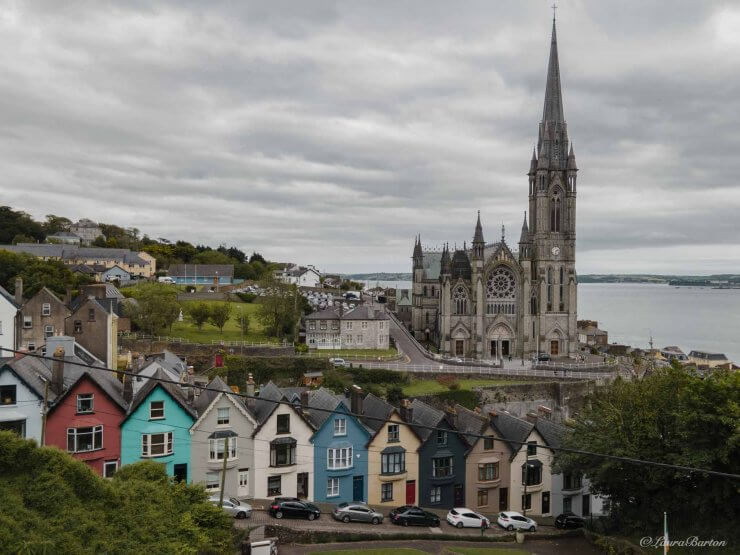
1. The People of Ireland
Let’s kick start this post with one of the things that makes Ireland so special: the people.
The Irish pride themselves on being kind and helpful people.
So, if you find yourself a little bit stuck in a rut don’t be afraid to stop and ask a local for some help. Just make sure you have a little extra time on your hands because the Irish sure do like to talk.
Another thing to note is the Irish tend to have quite a sarcastic sense of humour. It’s important not to take anything an Irish person says all too seriously. Odds are they are just ‘having a laugh’ — in other words, kidding or joking around.
Read More: The Perfect One Day in Dublin Itinerary
2. Differing Irish Accents
While on the topic of Irish people, let’s talk about Irish accents. Hollywood is guilty of making Irish people sound like high pitched leprechauns who talk as if they are singing a song. And while the Irish do have quite a melodic way of speaking, they don’t sound anything like we are used to hearing on the big screens.
In fact, for such a small country, there are dozens of different accents. So much so, sometimes the Irish can’t even understand each other.
So, if you find yourself in a situation where don’t understand, just politely ask again; the Irish are used to having to repeat themselves a few times to tourists.
Read More: Best Things to Do in Killarney Ireland
3. How to Pack for the Irish Weather
Ah, the Irish weather. It’s a common topic among locals because most of the time it’s difficult to figure out. Ireland is known for having unpredictable weather. In fact, it’s not unusual to see four seasons in one day. Yes, that right, all four seasons.
That’s why it is important to come prepared with this Ireland Packing Guide. If you take anything from this article, let it be this: do not get on the plane to Ireland without packing waterproof clothing. Ireland is beautiful, even in the rain, but there is nothing worse than being soaking wet and cold as you explore.
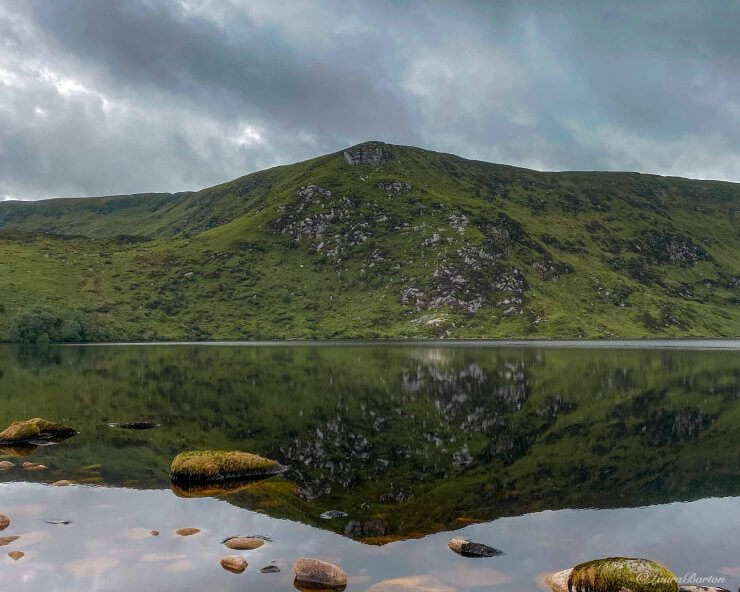
4. The Best Time to Visit Ireland
As mentioned above, the Irish weather can be unpredictable. However, the weather tends to be best in the month of June. Of course, there is no guarantee, but if Ireland is lucky enough to get a week or two of straight sun it will more than likely be in June.
September is also a great time to visit Ireland as the weather isn’t typically that bad, and there are far fewer crowds compared to the summer months.
If you are looking for a winter break, consider visiting in late November or early December. During this time of year the streets are filled with Christmas lights and Christmas Markets.
No matter what time you decide to visit Ireland you are sure to have an amazing time.
Read More: 24-Hour Guide for Galway, Ireland
5. Difference Between the Republic of Ireland and Northern Ireland
Ireland history is a complicated one. And while it is an interesting topic, it can also be a controversial one. It’s best to leave any questions you have to tour guides or a Google search. But… here are a few things to note before your trip to Ireland.
- The Republic of Ireland and Northern Ireland are legally considered two different countries: the Republic of Ireland is an independent country and Northern Ireland is part of the United Kingdom.
- The Republic of Ireland currency is the Euro while Northern Ireland currency is the British Pound.
- The Republic of Ireland speed limit is in kilometers and Northern Ireland speed limit is in miles.
6. Crossing the Border
As for the border between the Republic of Ireland and Northern Ireland, there is no physical border. You can travel from the North to the South without having to go through border control or getting your car checked.
Due to Brexit, the question of the border is currently big a topic of conversation since the Republic of Ireland is a part of the EU and Northern Ireland is not anymore. However, there is an agreement that a hard border will never be put up on the island.
If you plan to travel across the border, just make sure you have a visa to enter both the EU and the United Kingdom.
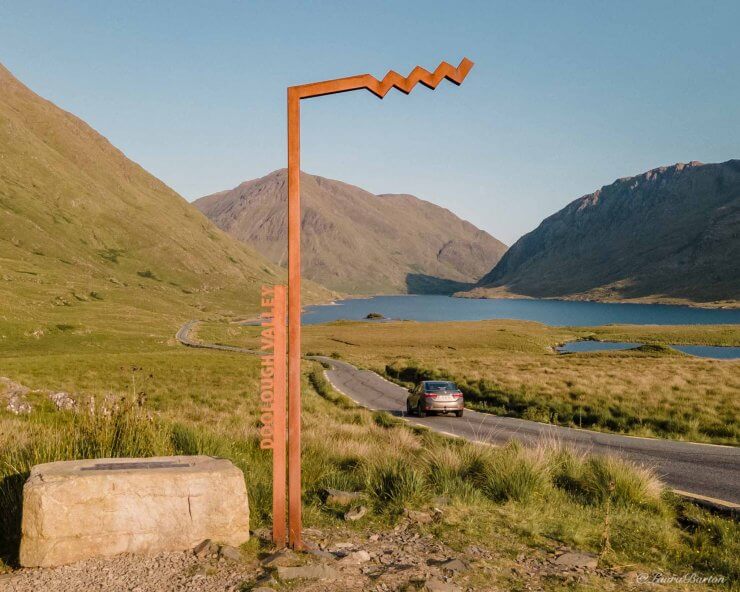
7. Driving in Ireland
Driving in Ireland for the first time can be quite an experience.
Ireland drives on the left-hand side of the road and most cars are manual drives. However, it is possible to rent automatic cars for a higher price.
The roads of Ireland, particularly in the countryside, can be rather narrow and tight. It is important to take your time when driving on them and keep an eye out for other road users.
Also, when on highways, always stay to the left unless you’re passing on the right.
Read More: An Epic Day Driving the Ring of Kerry
8. Renting a Car or Going on Day Tours
As mentioned above, most cars in Ireland are manual drives, but it is possible to rent an automatic car if you are willing to spend a bit more money.
With that being said, there are many bus tour options from the major cities such as Dublin, Galway, Cork, and Belfast. This means it is still possible for travelers to see more of the country without having to brave the Irish roads.
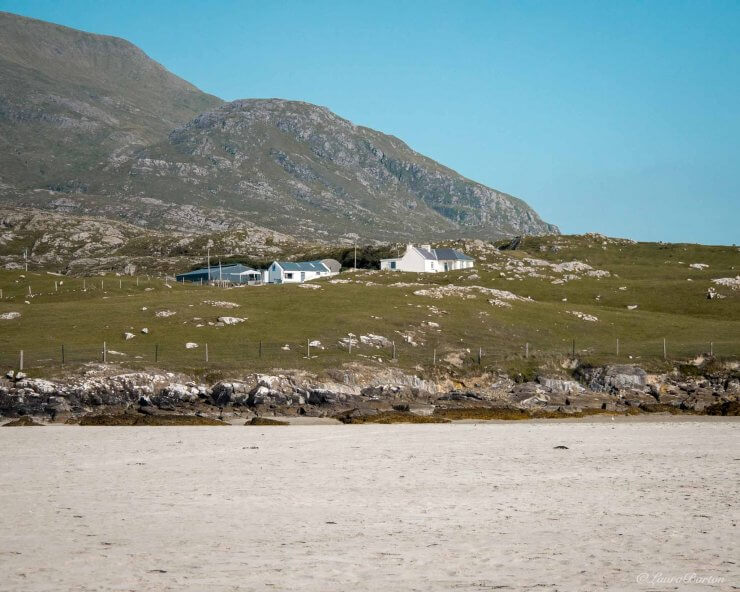
Read More: Day Trip to the Cliffs of Moher
9. Don’t Only Visit Dublin
Dublin is the capital of Ireland and while there are many things to see and do there, it shouldn’t be your only stop. Spending two days in Dublin is plenty of time to see all highlights.
The surrounding country is full of unspoiled coastlines, soaring cliffs and historic ruins.
Ireland has a rich culture, with Celtic games, language and music.
To experience all that Ireland has to offer it’s important to travel outside of Dublin.
If you only have a few days in Ireland, don’t worry — you can still experience some of the country’s best attractions with some Dublin day trips.
Read More: Visiting Skellig Michael in Ireland Without a Reservation
10. Having the Craic (Not what you think)
While the most spoken language in Ireland is English, the Irish language is still commonly used throughout the country. It can be seen on Irish road signs, on public transport and it is the main language in some areas of the country.
It is also important to note that a lot of Irish slang stems from the Irish language. For example, ‘Just having a bit of craic’ means ‘just having a bit of fun’.

About the Author: Laura is an Irish Travel writer and content creator who is passionate about the great outdoors and exploring. The purpose of her brand Live Adventure Travel is to create captivating stories with the use of Videography, Photography, and Travel Writing.
Pin to read again later!
